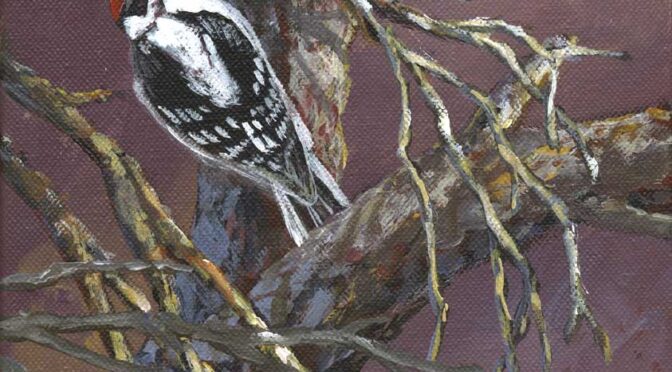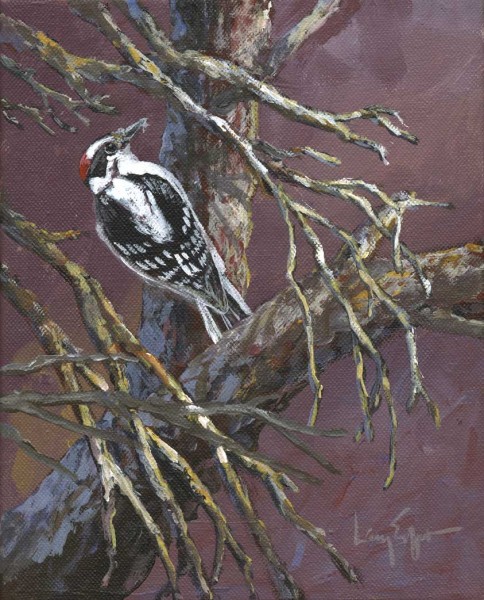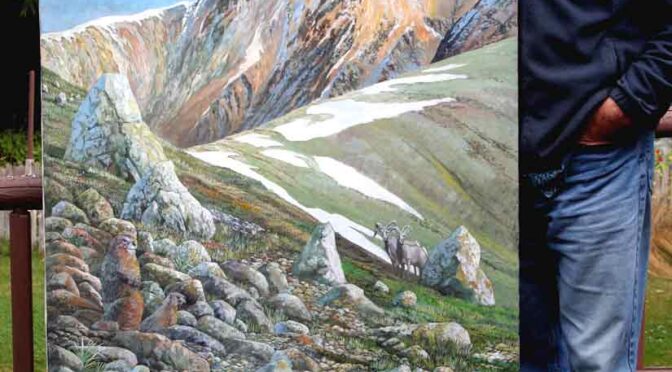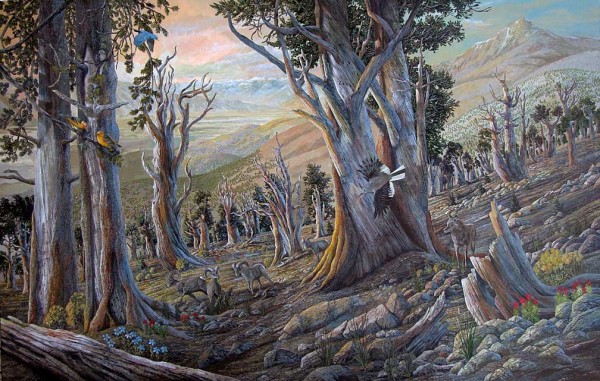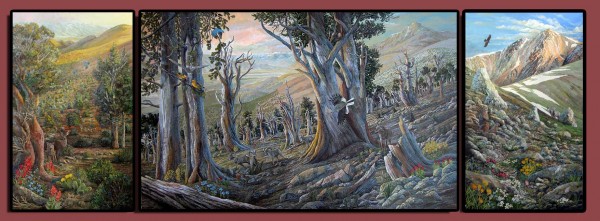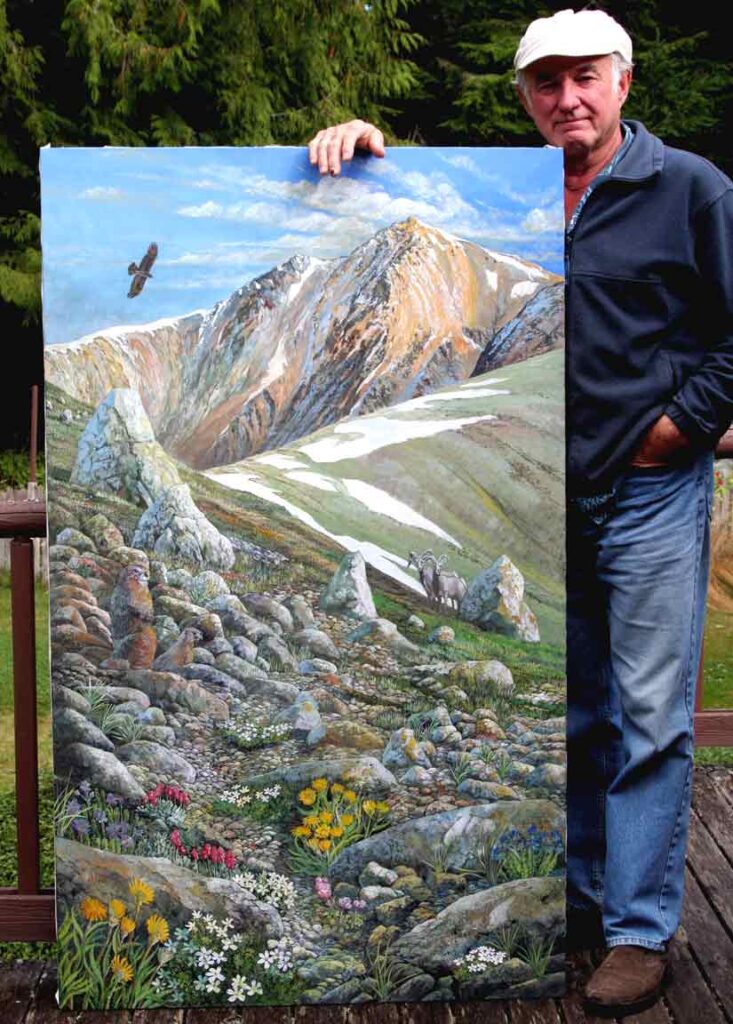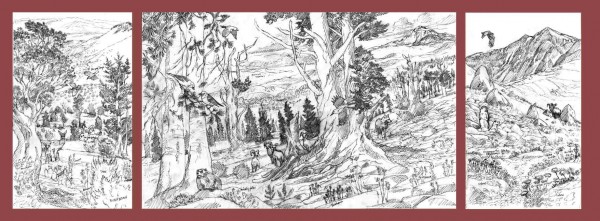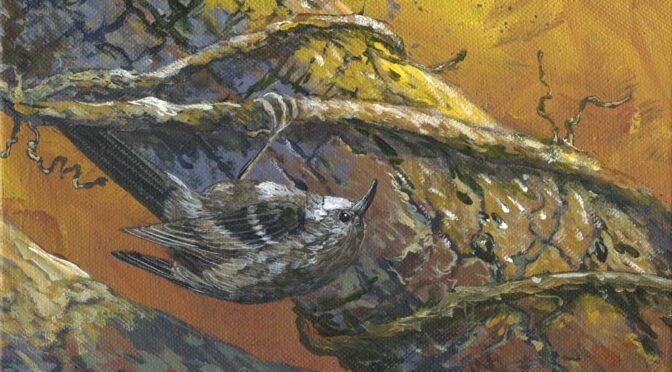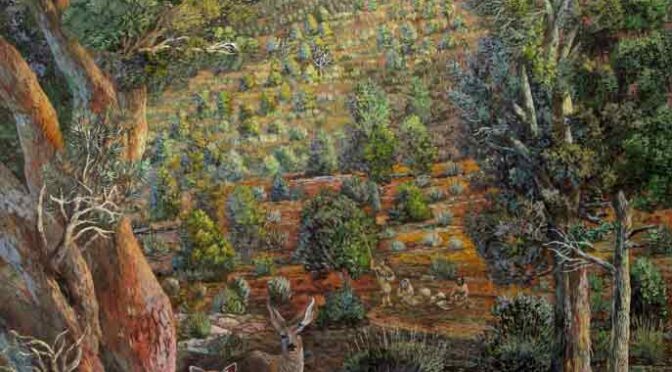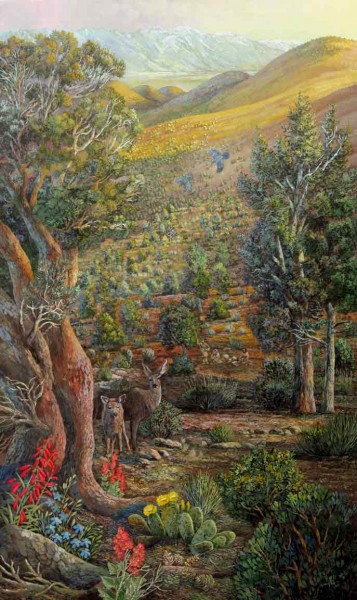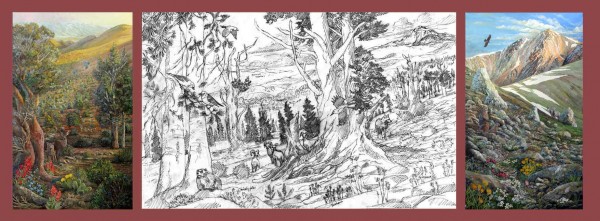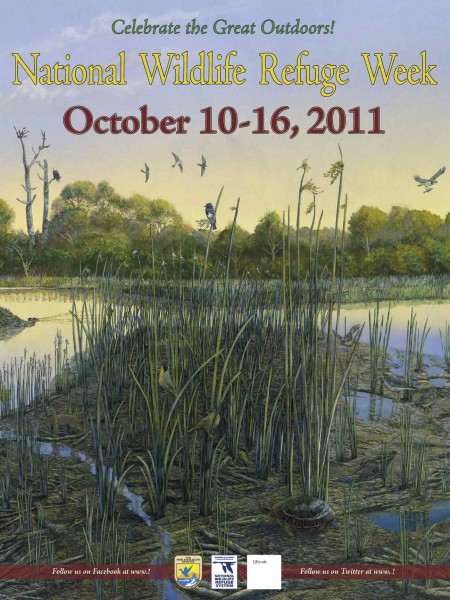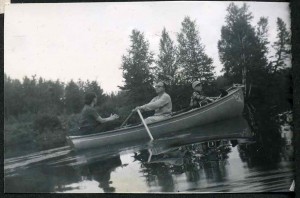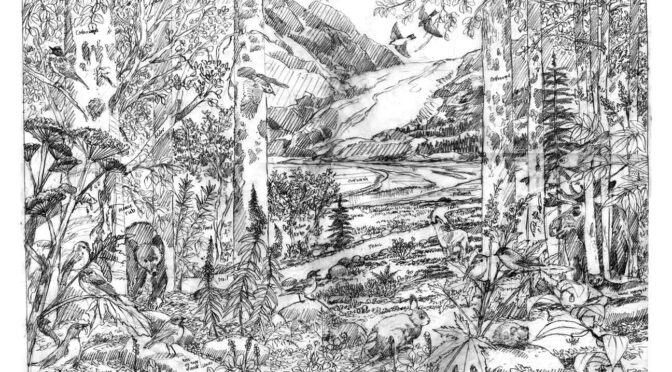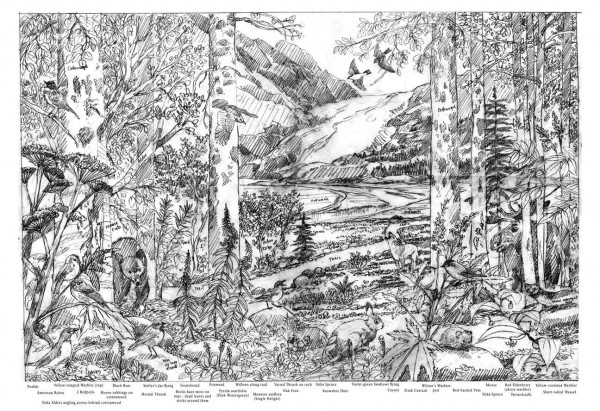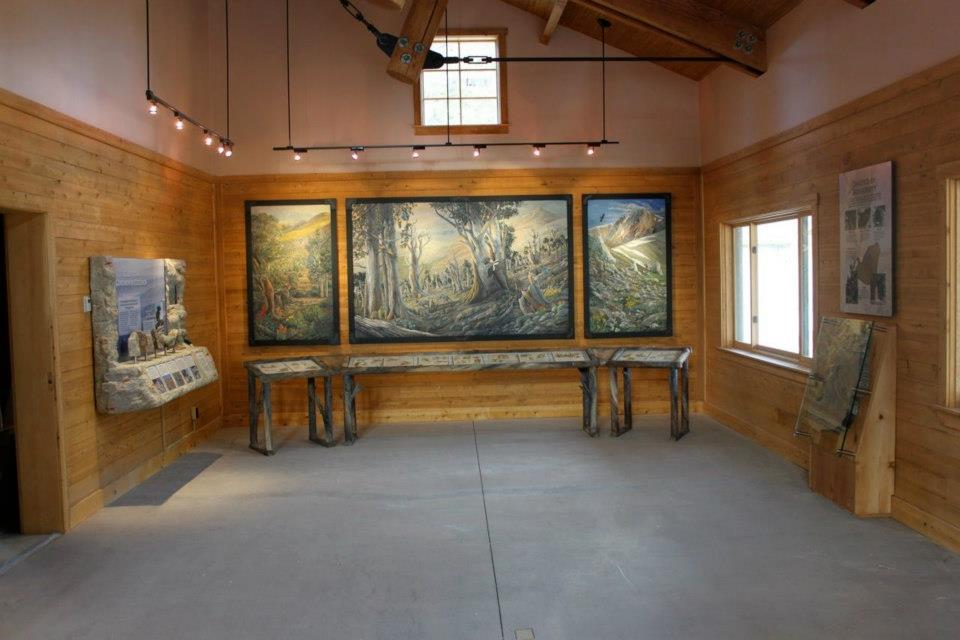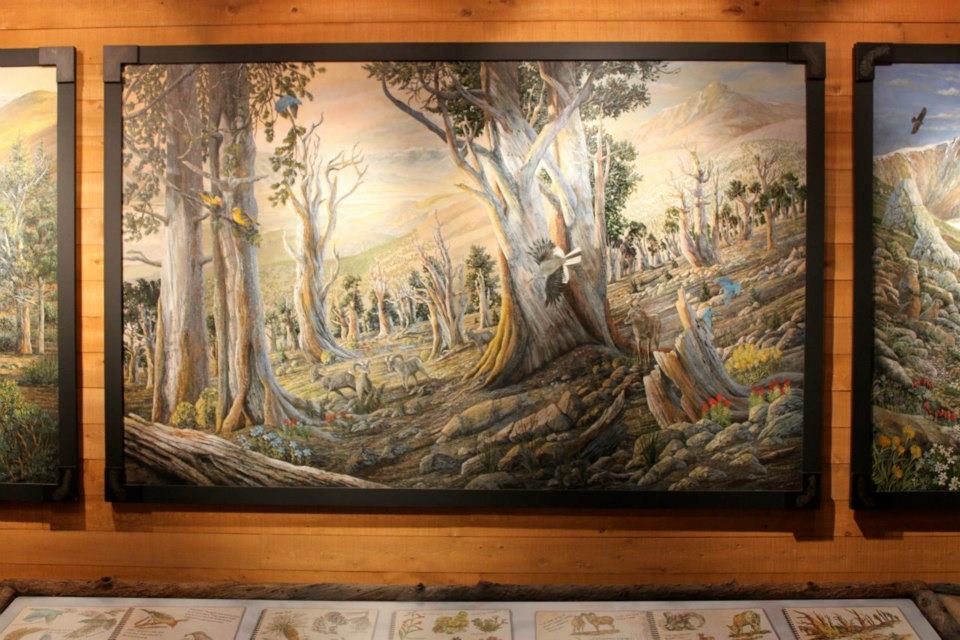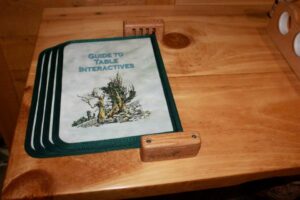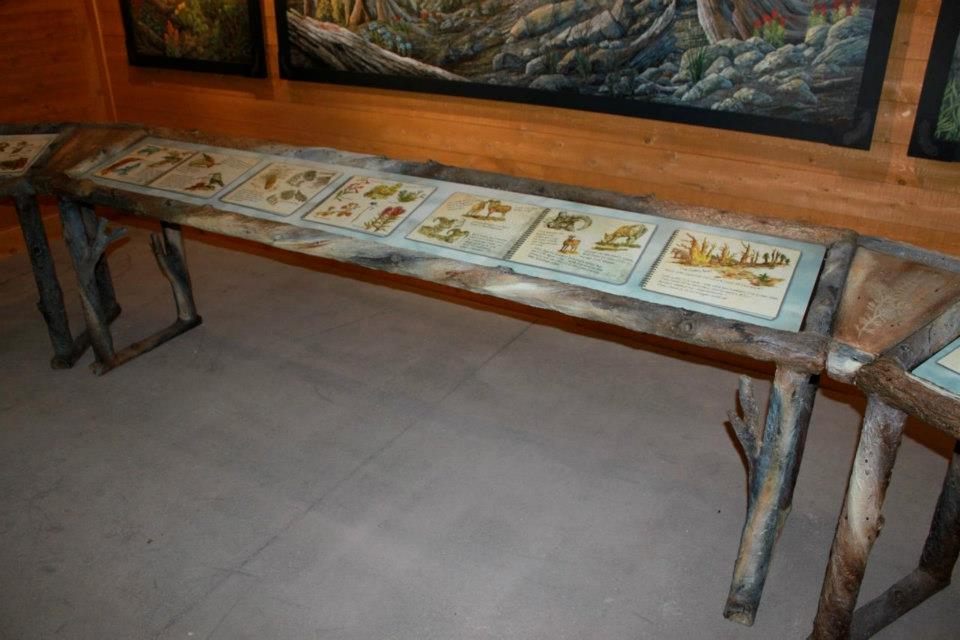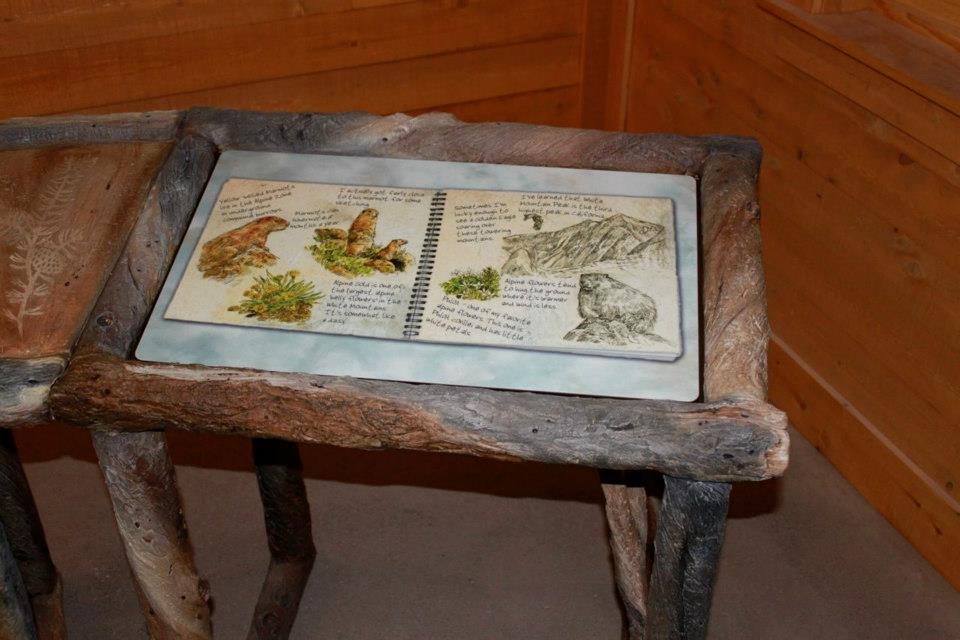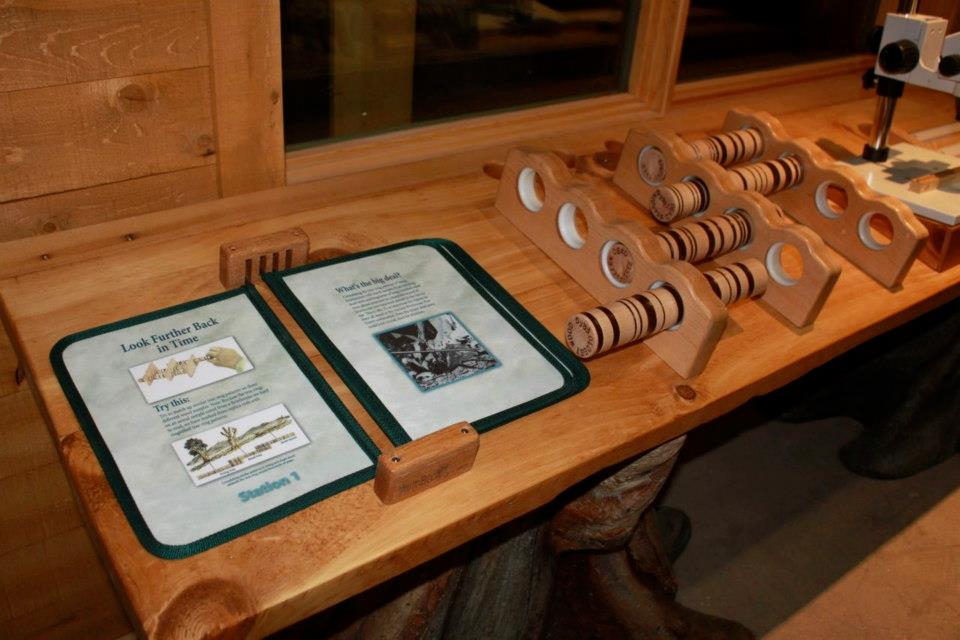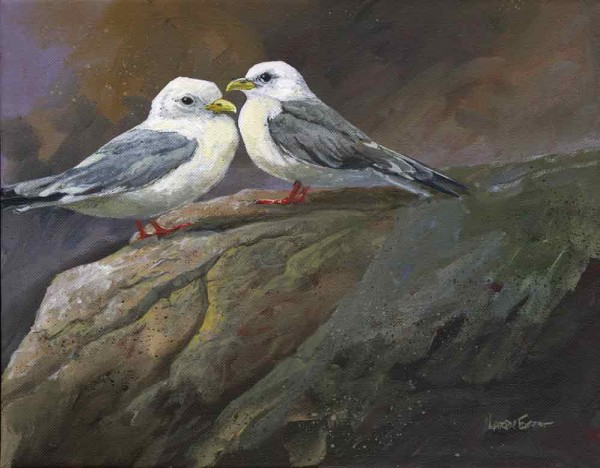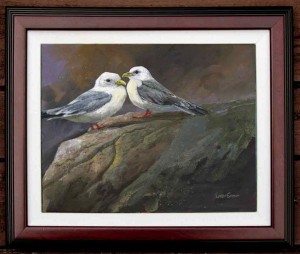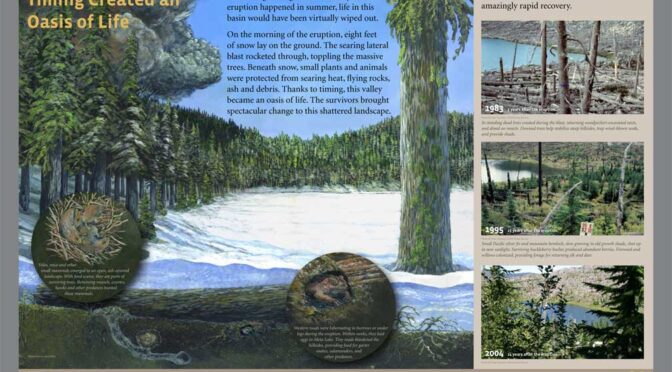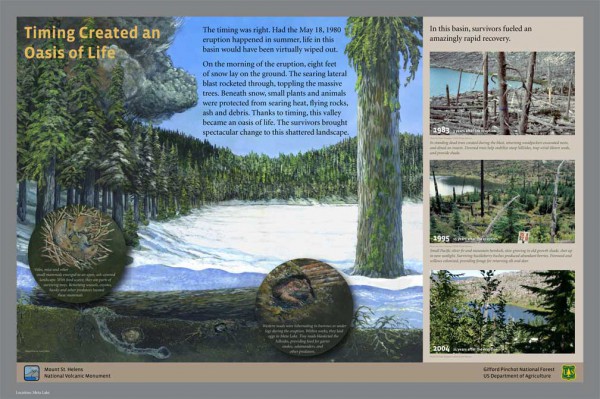This is the last post of the year for me, so I want to thank everyone for all your comments, thoughts and, of course, purchases. While it’s not a-painting-a-day blog like some of my friends, I’ve still managed at least one a week for a lot of years now. It’s been a great way to stay connected.
Downy woodpeckers live here with us in our little patch of forest. They tend to prefer mixed woods with conifers and deciduous trees like our cedars and hemlocks, maples and alders. Here they’ve they set up housekeeping in some of our carefully preserved dead snags we leave standing just for this purpose. We see them on our suet feeder all year where I get up-close and personal views of how they look. This one’s a red-topped male I know well.
The downy is amazingly similar to the hairy woodpecker we have here too – almost identical except a tad larger. They’re actually not very closely related, making the two a great example of convergent evolution in which two separate species that live in the same place and do the same thing evolve, over time, to look the same. When I learn this, I immediately want to know how long this took, and what did the two birds look like originally before they migrated into these great Northwestern forests. Don’t you want to know?
This ORIGINAL painting is varnished acrylic on linen canvas, 8″ x 10″ and $120 unframed. A custom wood frame makes it a total of $150 and shipping adds just a bit more depending on your zone or if you take the frame. This is the original painting, NOT a print.
Email us for details.
Thanks for reading this week.
Larry Eifert
Click here to go to the online blog this was to.
Click here to go to our main website – packed with jigsaw puzzles, prints, interpretive portfolios and lots of other stuff.
Click here to check out what Nancy’s currently working on with her photography.
